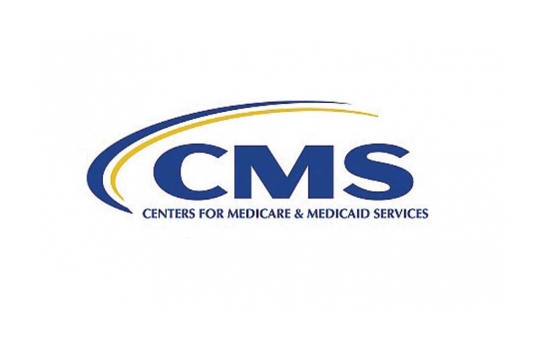New to Medicare?

by Verna Meadows
Guest Submission
Sixteen, eighteen, twenty-one, forty! Sixty-five? All of these are milestone ages. We all fondly remember our driver’s license, the right to vote and our first legal alcoholic beverage and more. We looked forward to those things and were excited.
But sixty-five? Medicare? Those two words alone bring fear and confusion to many people. Medicare does not need to be confusing. www.Medicare.gov offers many tools and links to help one understand how Medicare works. I hope to make it a little less confusing for you.
About three months before your 65th birthday, you should receive in the mail your red, white and blue Medicare card. On that card, you will see you Part A and Part B effective date. This is what people refer to as traditional Medicare. Part A covers hospital visits and is generally no cost to those who have worked and Part B covers outpatient services and has a premium generally deducted from the Social Security check.
Both Part A and B have a deductible and once that is met, Medicare pays 80 percent of allowed charges and you are responsible for the other 20 percent. Some people purchase a Medicare supplement plan that generally takes care of all or a portion of the deductible and helps cover the 20 percent that Medicare doesn’t pay. These plans are purchased through retiree options at employers or private insurance companies. It is important to note that some companies offer discounts if both spouses purchase the same plan.
This discount will also extend to LGBT spouses.
In addition to Traditional Medicare and a supplement plan, Medicare beneficiaries need to purchase a Part D or drug plan. These are offered from private insurance companies, have an additional and benefits can vary per plan.
As we age, many conditions are very specialized to treat. All Part D plans must cover at least two medications in these classes: antipsychotics, antidepressants, anticonvulsants, immunosuppressant, cancer and HIV/AIDS drugs. There is help paying for these medications and premiums can be accessed by applying for Extra Help.
The HDAP (HIV Drug Assistance Program) in Oklahoma helps pay for premiums and copays for individuals that qualify.
The other part to Medicare is Part C or Medicare Advantage plans. These plans work like the plans most people have with their employer. There is generally an additional premium. These plans are offered by private insurance companies like Humana, United HealthCare or Blue Cross and Blue Shield of Oklahoma and others. You generally need to pick a provider from the network of contracted doctors and hospitals.
With these above, when you have services performed, you pay a set copay or percentage based on the plan outline. This helps a person know how much medical expense they will have when they receive services instead of the large deductibles. Medicare pays a fee to these private insurance companies to manage your Medicare dollars. Many times these plans include the prescription benefit so there is no additional premium due.
While you may have a Medicare Advantage plan, you still have Medicare Part A and Part B and continue to pay the Part B premium.
While all of this seems overwhelming and scary, it is easier if you have a trusted family member or a licensed insurance agent help you through the process. Medicare.gov or 1-800-MEDICARE can also provide help. The Oklahoma Insurance Department also has a division that specializes in helping seniors plan for Medicare and their needs.
Verna Meadows is the President of the Oklahoma City AIDS Walk. She is also a Licensed Insurance Agent in Oklahoma and specializes in the Medicare program. Call her at (405) 249-0609 for questions about Medicare.
The Gayly- 3/29/2016 @ 10:46 AM CST





